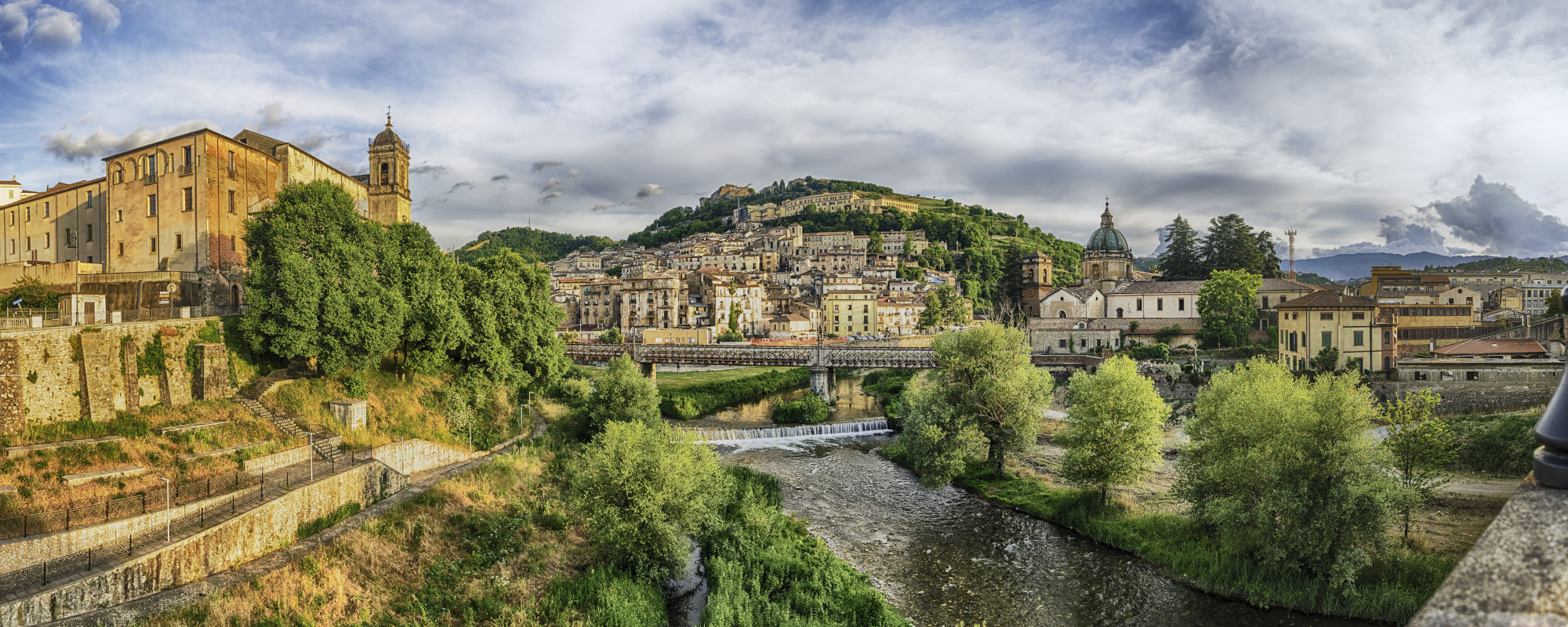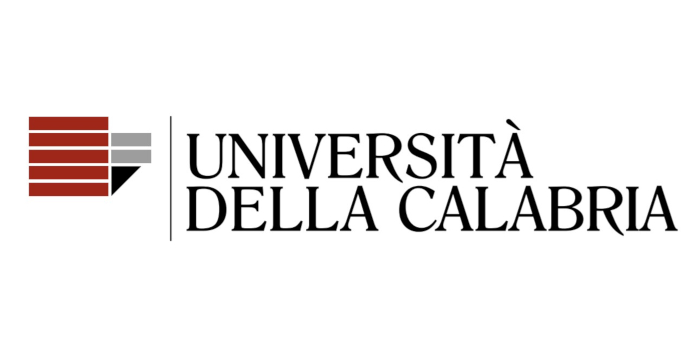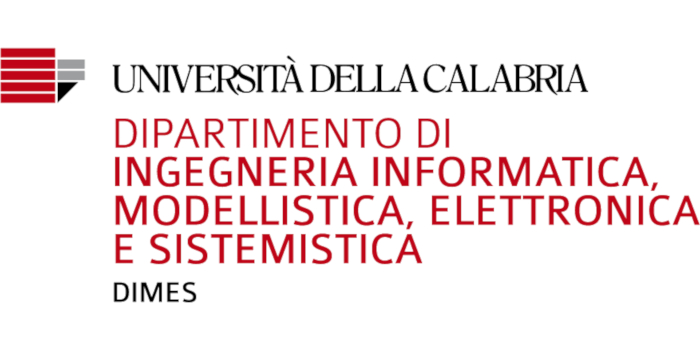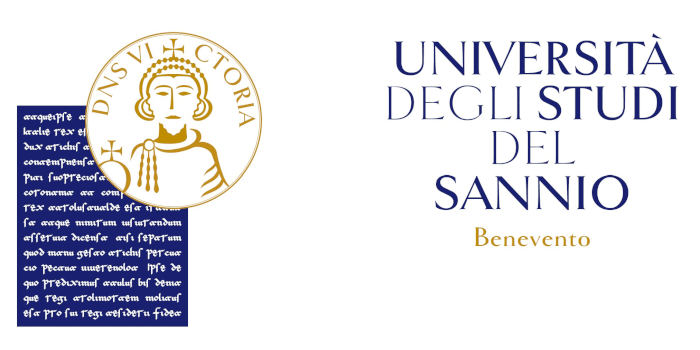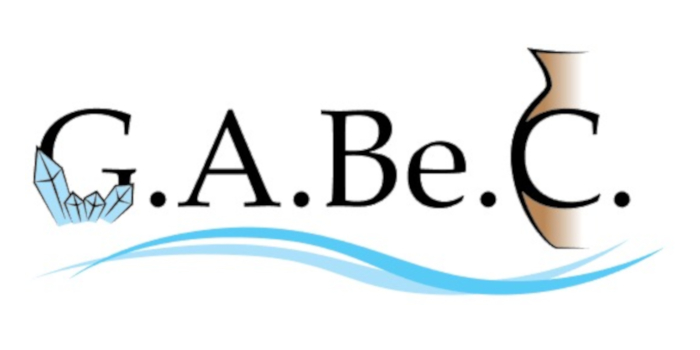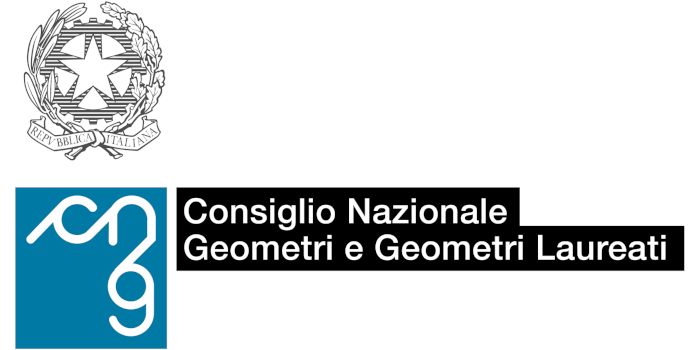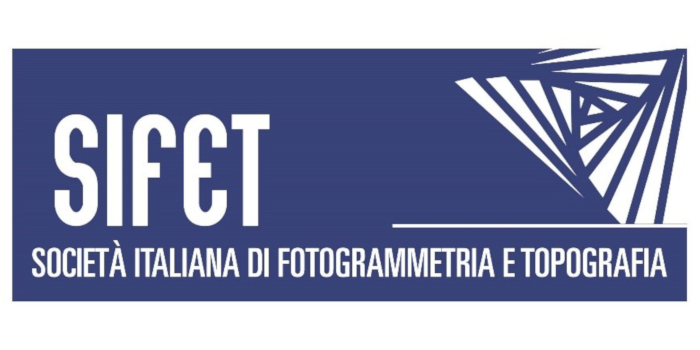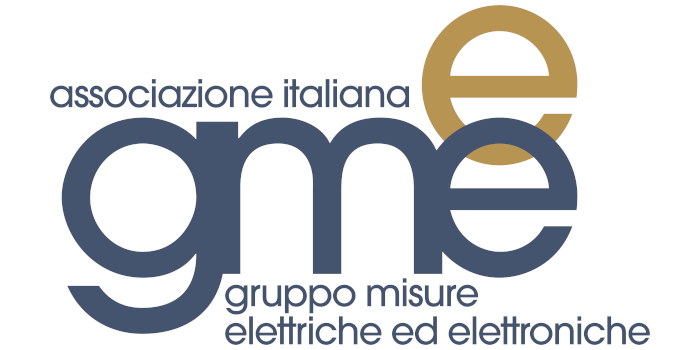The Reliquary of the True Cross, called Stauroteca or Byzantine Cross or Frederick's Cross, is considered by modern critics to be an artifact produced at the end of the 12th century by the Norman factory in Palermo. The Cross highlights a precious iconographic description on the front and back. The recto has five enamel medallions and seven ornamental enamel plaques: the central disc represents Christ on the throne, the lateral ones the four Evangelists; the three rhomboid plates probably the Tree of Life. The verso has four enamel medallions and an enamel cruciform plaque: the central plate represents Christ Crucified with four nails (iconography by Patiens); the medallion at the top represents an archangel, perhaps Michael, the two lateral ones the Virgin on the left and St. John the Baptist in an intercessory attitude on the right; the lower disc represents an altar with the symbols of the Passion, Resurrection and the Eucharist.
Tradition has it that in 1222, on the occasion of the consecration of the Cathedral of Cosenza, Frederick II donated to the Chapter of the city “a relic of the wood of the Cross kept in a golden-jeweled cross”. Although there is no document that certifies its veracity, the critics believe the event likely in consideration of the Federician policy of unity of the Southern Kingdom and its relations with Archbishop Luca Campano, promoter of the reconstruction and consecration of the 'building. Following a recent re-reading of the Liber usuum Ecclesiae Cusentinae composed by Luca Campano in 1213, the use of a cross-reliquary in the liturgy of Good Friday is attested, which refers to the Stauroteca and the "golden cross" kissed by Carlo V when he entered the city in 1535, listed in 1695 by G. B. Pacichelli among the relics of the Cathedral.
Detail of the central vertical relic of the stauroteca High detail of the stauroteca The late Gothic pedestal in gilded silver on which the Stauroteca rests by means of a spike was made by a Spanish goldsmith between the end of the 1400s and the first four decades of the 1500s. It represents two angels associated with the Crucifix and a chalice placed on the overhang of the lateral lobes of the foot. The reason for the possible replacement of the ancient base, perhaps worn out by use or lost, with the return of the cult for the relic and the devotion to the True Cross following the Council of Florence in 1439, can be explained. epoch the numerous remakes and additions of important Byzantine reliquaries imported to the West.
Here the link to the 3D reconstruction of the Stauroteca performed by the Physic Research Group of the University of Calabria leaded by Prof. Pietro Pantano and Prof. Eleonora Bilotta and the Electric and Electronic Measurements Research Group of the University of Calabria leaded by Prof. Francesco Lamonaca.
https://armonicamente.unical.it/stauroteca/
